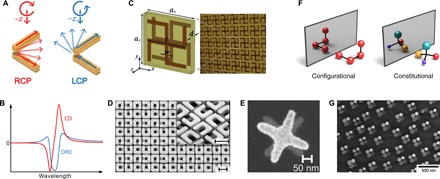Fig. 2. Chiral assemblies of achiral and chiral building blocks.

(A) Two bars stacked on top of each other can be viewed as a fundamental chiral building block and as an analogy to the well-known Born-Kuhn model. (B) The assembly supports two modes, which, if ideally tuned, lead to a single dispersive lineshape in the CD spectrum. The ORD spectrum can be calculated from the CD spectrum because they are Kramers-Kronig–related. (C) Two-layered chiral structures composed of two individual 2D chiral gammadion shapes. (D) Stacked and twisted split-ring resonators arranged in a C4 symmetric lattice to render the eigenmodes of the system truly chiral. (E) Twisted stacked crosses. (F) Assemblies of achiral nanoparticles can be rendered handed due to configuration or constitution. (G) Illustration of constitutional chirality: Four particles of different height (as can be seen due to their different brightness) in an achiral arrangement generate a handed system. Figures were reproduced with permission from Yin et al. (42) (A and B), Zhao et al. (45) (C), Decker et al. (46) (D), Decker et al. (48) (E), Hentschel et al. (53) (F), and Ogier et al. (54) (G).
